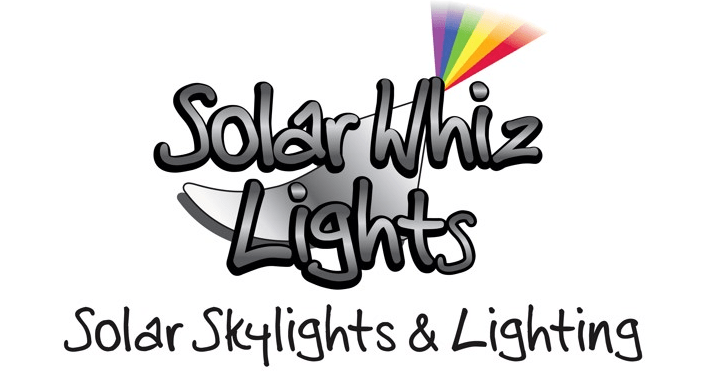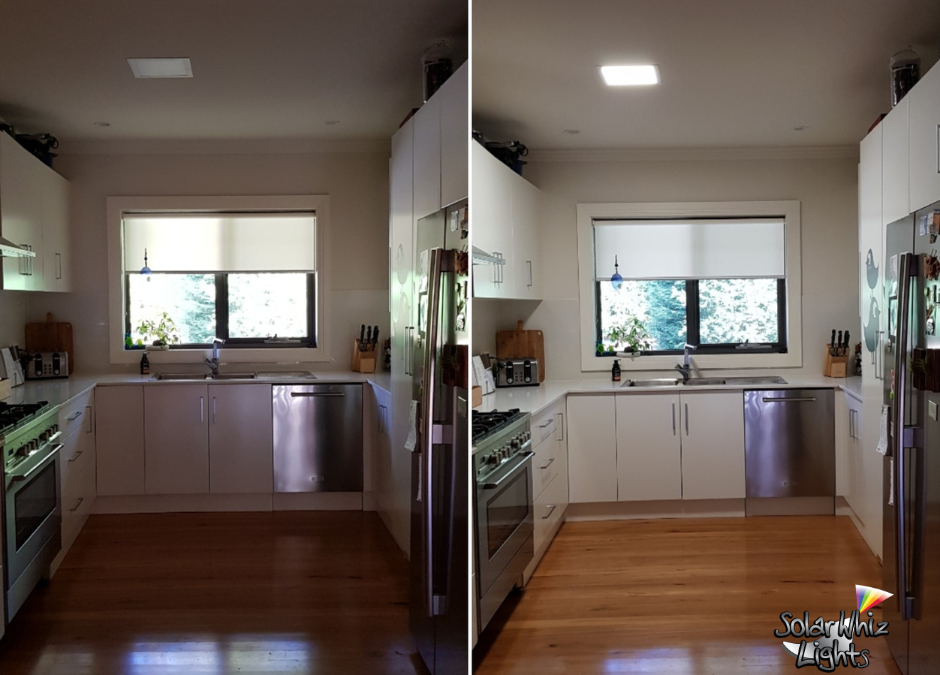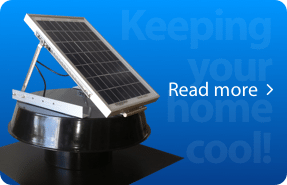Last Updated on August 1, 2025 by Solar Whiz Lights
Natural lighting significantly influences the ambience and functionality of indoor spaces within buildings. It not only enhances aesthetics but also boosts the well-being and productivity of occupants. Various technologies, such as skylights, solar skylights, and solar tubes, have emerged to address lighting needs with distinct advantages and considerations.
Importance of natural lighting in buildings
According to UCLA Health, natural lighting isn’t just about illumination; it shapes mood, health, and energy efficiency in architectural design. Studies confirm that exposure to natural light positively impacts circadian rhythms, boosts mental alertness, and reduces reliance on artificial lighting, thereby cutting energy costs. Moreover, natural light accentuates architectural features, fosters dynamic spaces, and establishes a connection with the outdoors, enhancing overall quality of life.
About Skylights, Solar tubes, and Solar Skylights
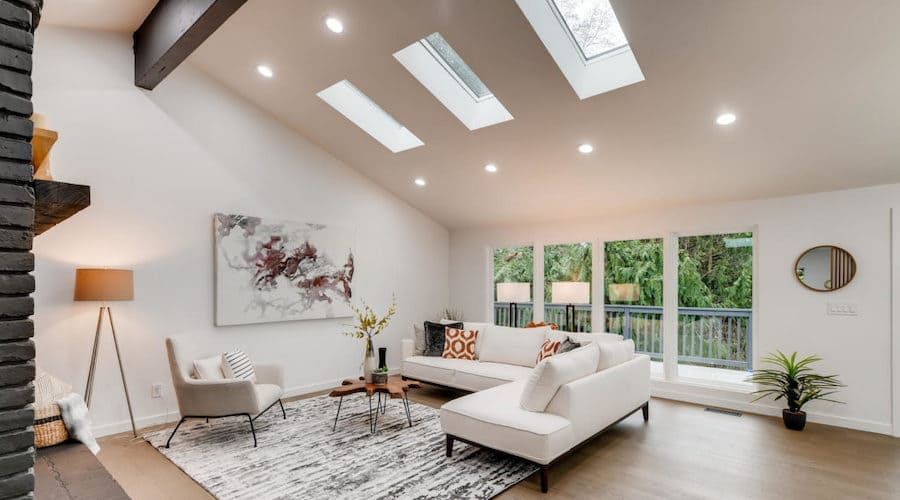
An image of skylights.
Skylights are roof openings designed to bring natural light into indoor areas. They’re often used to brighten up living spaces and can be tailored to suit different architectural styles.
Solar tubes, also known as sun tunnels, capture sunlight through a dome on the roof and channel it into interior areas via highly reflective tubes—providing natural daylight without direct sky views.
Solar skylights differ in technology. Instead of directing sunlight physically into the room, they use a solar panel mounted on the roof to generate electricity, which powers energy-efficient LED light fixtures indoors.
Unlike solar tubes, which rely on direct sunlight, solar skylights can operate on cloudy days or at night—offering consistent lighting regardless of weather conditions.
Comparison between skylights, solar skylights, and solar tubes
This discussion delves into the characteristics, advantages, and drawbacks of skylights, solar skylights, and solar tubes, offering insights into their roles in delivering natural lighting solutions for buildings. By examining their unique features and considerations, we aim to provide a comprehensive understanding of their applicability and potential impact on building design, energy efficiency, and occupant well-being.
Skylights: Pros and Cons
| Feature | Skylights | Solar Tubes | Solar Skylights |
|---|---|---|---|
| Provides natural daylighting | ✅ | ✅ | ❌ (uses solar-powered LEDs) |
| Uses solar energy for lighting | ❌ | ❌ | ✅ |
| Risk of roof leaks | ✅ | ✅ | ❌ |
| Heat gain/glare | ✅ | ✅ | ❌ |
| Cost of installation | ✅ | ✅ | Low (DIY-friendly) |
| Lighting control | ❌ | ❌ | ✅ Dimmable/night kit |
| Risk of mould | ✅ | ✅ | ❌ |
| Risk of UV Damage to Furniture/Flooring | ✅ | ✅ | ❌ |
| Can be installed in all roof types | ❌ | ❌ | ✅ |
Do Solar Skylights Work on Cloudy Days?
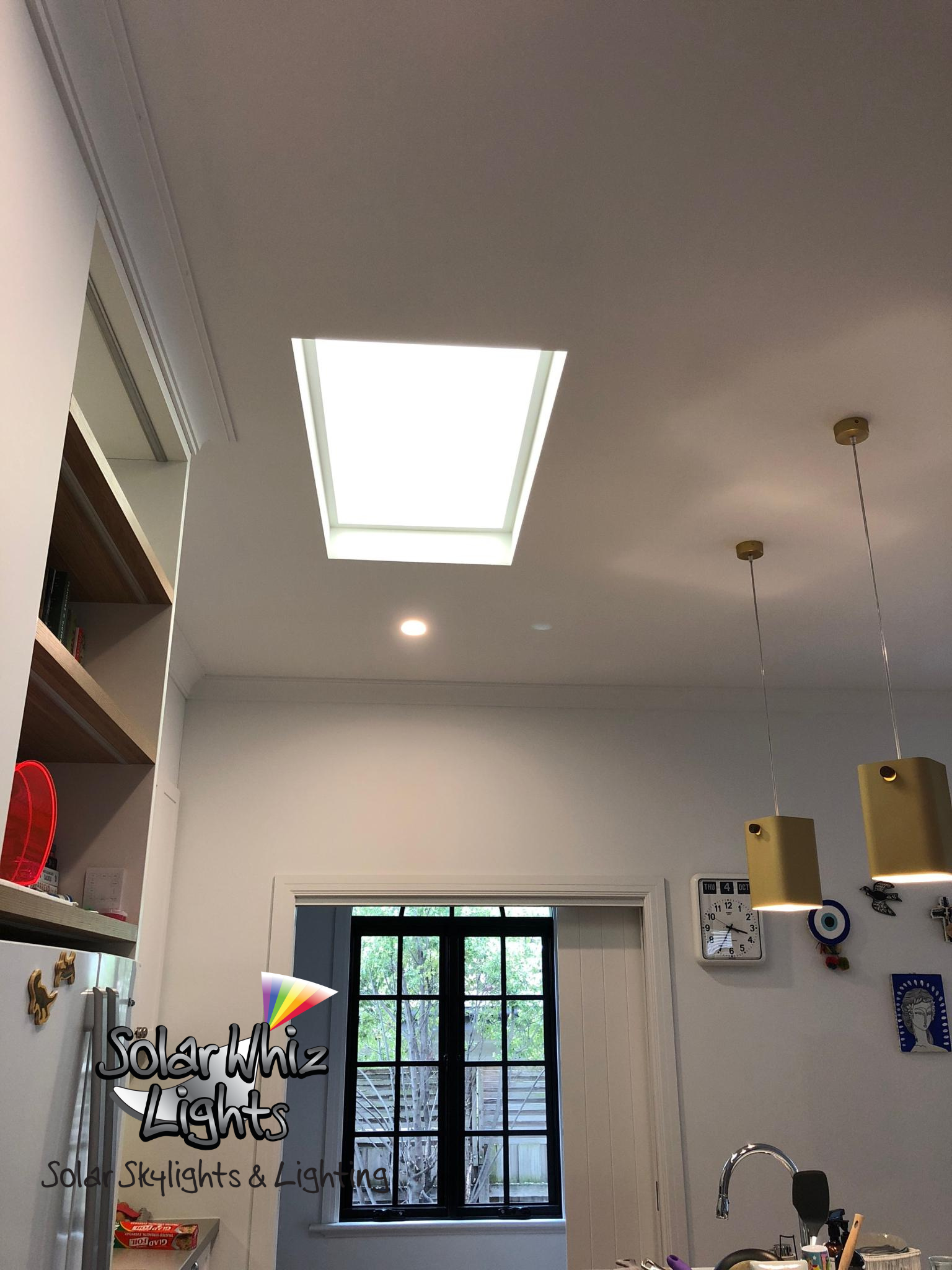
An example of solar skylights in a house.
Yes, solar skylights can still work even when it’s overcast. Unlike traditional skylights or solar tubes that rely on direct sunlight, solar skylights use solar panels to generate electricity, which powers LED lights indoors. This means they don’t need direct sunlight to operate effectively.
Some systems, like Solar Whiz Lights, even offer a hybrid option, allowing the lights to switch to mains power when solar energy isn’t available—so you’ll never be left in the dark, even on gloomy days or at night.
Whether it’s cloudy, rainy, or late in the evening, your solar skylight can keep your space well-lit without relying on the sun 100% of the time.
Comparison and Contrast – Winners
Natural Lighting Benefits: Skylights and Solar Tubes
Both skylights and solar tubes provide natural daylighting, but with differences in coverage and intensity.
Energy Efficiency: Solar Skylights and Solar tubes
Solar skylight and solar tubes offer energy savings through solar power generation, while traditional skylights do not contribute to energy production.
Functionality and Features: Solar Skylights
Solar skylight offers additional features such as remote control, dimming capability, customisation options, and a variety of designs, providing greater versatility and functionality compared to traditional skylights and solar tubes.
Ease of Installation: Solar Skylights
Solar skylights are easier to install due to the less complicated roof work required.
Cost Considerations: Solar Skylights
When assessing the cost-effectiveness of skylights, solar skylights, and solar tubes, it’s crucial to consider various factors, including upfront costs, long-term savings, and return on investment.
Skylights:
Skylights often come with higher upfront costs compared to solar tubes and solar skylights due to the expense of purchasing the skylight unit itself and the labour costs associated with installation. Additionally, depending on the design and size, skylights may require modifications to the roof structure, further increasing installation expenses. While skylights offer the benefit of natural lighting, their initial investment can be significant, potentially impacting overall project budgets.
Solar Tubes:
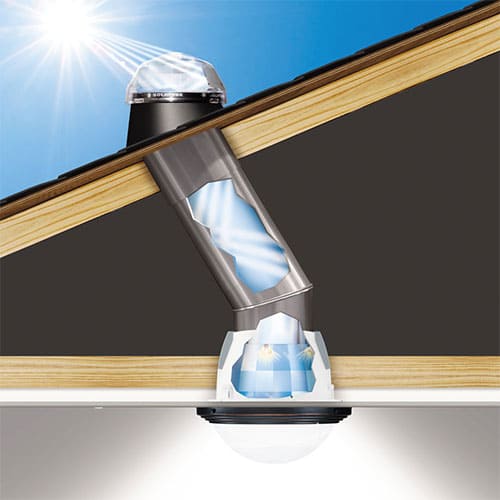
An example of a solar tube.
Despite being less expensive than skylights and initially more expensive than solar skylights, solar tubes are known for their straightforward installation process. However, it’s worth noting that the installation of solar tubes may involve more complicated roof work compared to a solar skylight.
Solar Skylight:
Solar skylight continues to stand out as a cost-effective option, with their potential for DIY installation contributing to their affordability. Compared to traditional skylights and solar tubes, solar skylights offer a simpler installation process and generally involve less complicated roof work.
Which Is Right for You?
Choosing between skylights, solar tubes, and solar skylights depends on several key factors, including your roof type, budget, lighting preferences, and how complex you want the installation to be. Here’s a quick guide to help you decide:
Roof Type
- Skylights work best on pitched roofs and often require structural modifications.
- Solar tubes can fit a variety of roof types but may need angled tubing for flat or complex roofs.
- Solar skylights (like Solar Whiz Lights) are highly flexible and can be installed on almost any roof type without major structural changes.
Budget
- Skylights tend to be the most expensive option, with higher product and installation costs.
- Solar tubes are generally more affordable than skylights, but still require roof penetration and labour.
- Solar skylights offer a cost-effective solution with DIY-friendly installation and lower long-term running costs.
Desired Light Quality
- Skylights bring in direct natural light and offer views of the sky—but can cause glare or heat gain.
- Solar tubes provide softer natural light, ideal for hallways, bathrooms, or closets.
- Solar skylights deliver consistent, glare-free lighting through energy-efficient LED fixtures—ideal for workspaces or areas needing even lighting throughout the day.
Installation Complexity
- Skylights often require professional installation and roof modifications.
- Solar tubes may be easier to install, but still involve cutting into the roof.
- Solar skylights are typically the easiest to install and can be done without altering roof structures—making them suitable for retrofits and renovations.
Conclusion
In conclusion, the decision between skylights, solar tubes, and solar skylights requires careful consideration of their respective benefits and drawbacks. Skylights offer elegant natural lighting but come with high upfront costs and installation complexities. Solar tubes provide a more affordable option, though with limitations such as smaller coverage areas and reliance on sunlight. However, solar skylights stand out as a cost-effective solution, harnessing solar energy for lighting and offering enhanced functionality. Their simplicity of installation and potential long-term savings make them an attractive choice for optimising natural lighting and energy efficiency in buildings. Ultimately, project-specific needs, budget considerations, and desired outcomes should guide the selection process. By carefully evaluating these factors, building owners and designers can choose the most suitable option to create optimal indoor environments that promote occupant well-being and satisfaction.
Ready to brighten your space without the risks of roof leaks or mould? Explore Solar Whiz Lights now.
Check out our
Quote Request
New Dealer Form
Frequently Asked Questions
Are solar skylights better than traditional skylights?
Solar skylights are often a more cost-effective and energy-efficient option. While traditional skylights rely on direct sunlight and can lead to heat gain or roof leaks, solar skylights use solar panels to power LED lighting. This means you get consistent lighting—day or night—without the risk of moisture issues or UV damage.
Are solar skylights better than solar tubes?
In many cases, yes. Solar skylights work in cloudy weather and at night, while solar tubes only work with daylight. They also offer more control with dimmers and hybrid options.
Can I install a solar skylight myself?
Yes, most solar skylight systems—like Solar Whiz Lights—are designed for easy, DIY-friendly installation. There’s no need for major roof modifications, making them a great choice for retrofitting older homes or buildings without structural changes.
